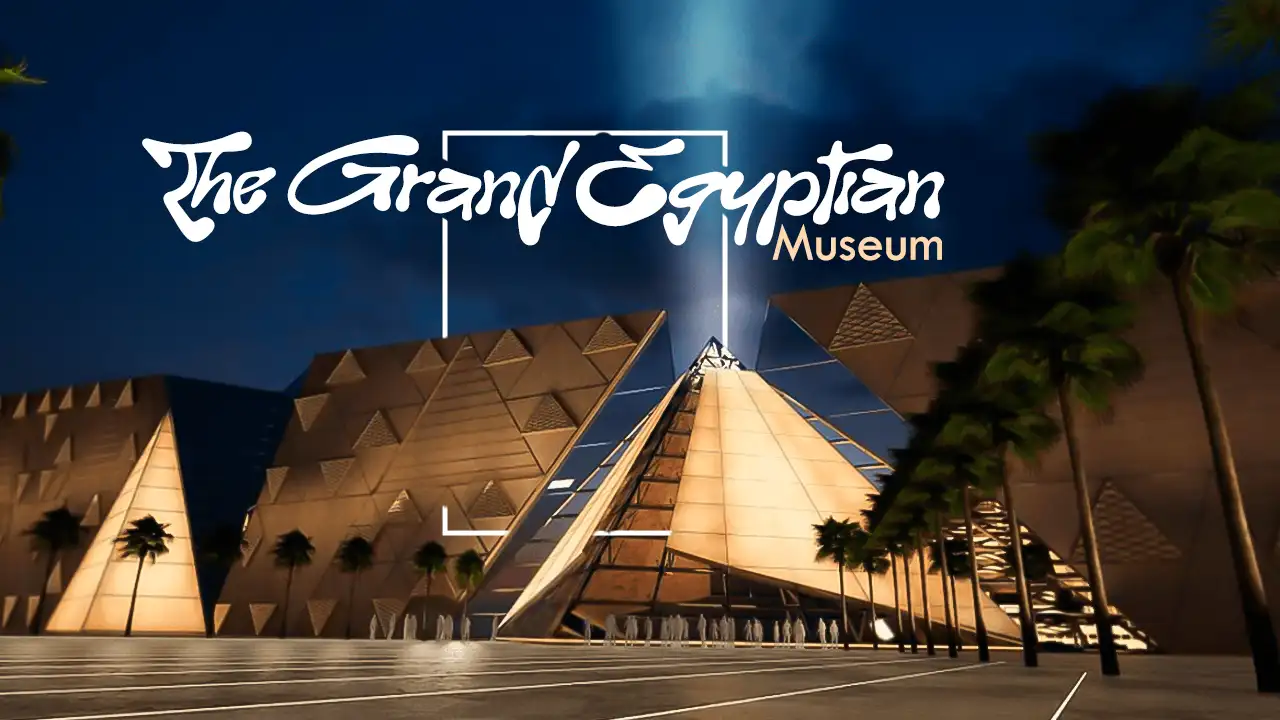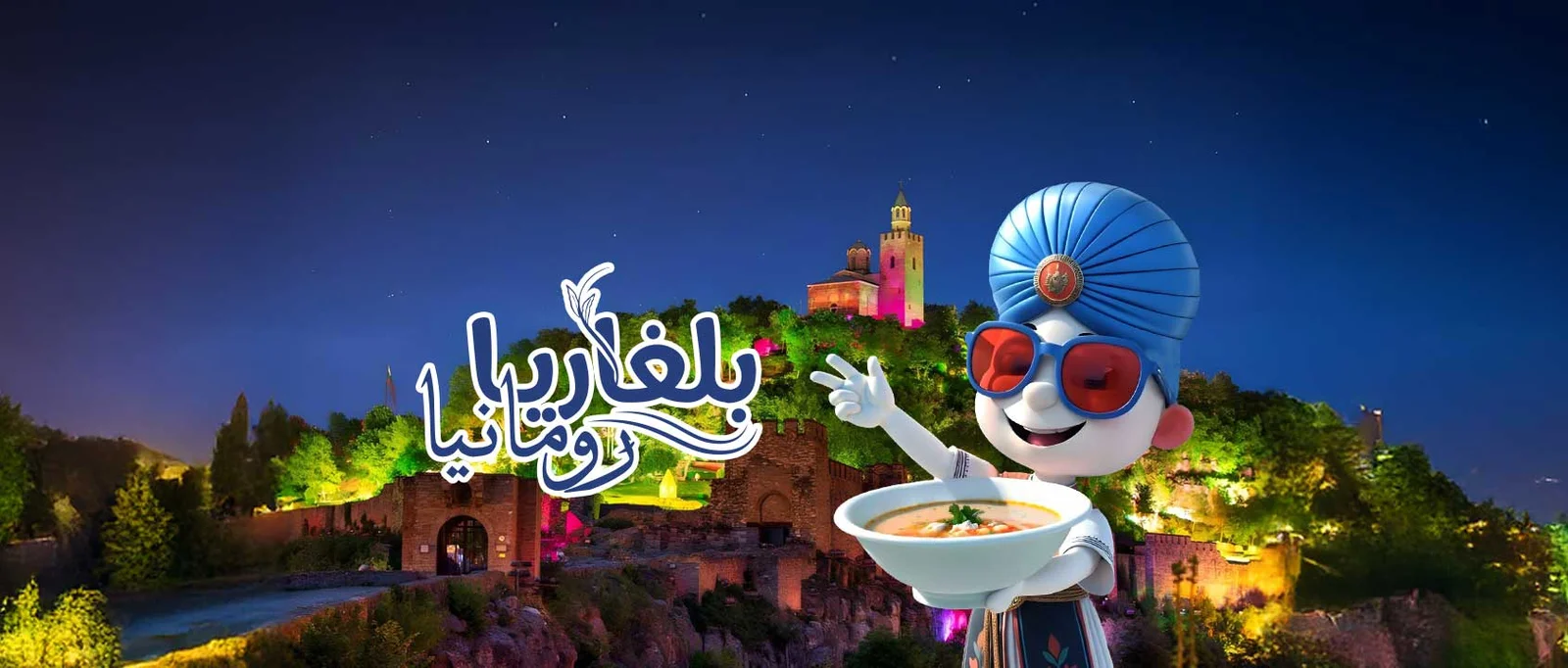The Grand Egyptian Museum and Its Documentation of Ancient Egyptian Civilization
Egypt -
The Great Egyptian Museum is considered one of the most important national projects and one of the most famous and largest Egyptian museums, even in the whole world.
The museum maintains its exceptional value among many archaeological and historical museums, which has contributed to making it a distinctive historical landmark carrying the essence of ancient Egyptian eras.
If you are looking for the most important information regarding the Great Egyptian Museum, this article covers the key features of the museum and its establishment goals.
1: Establishment of the Great Egyptian Museum
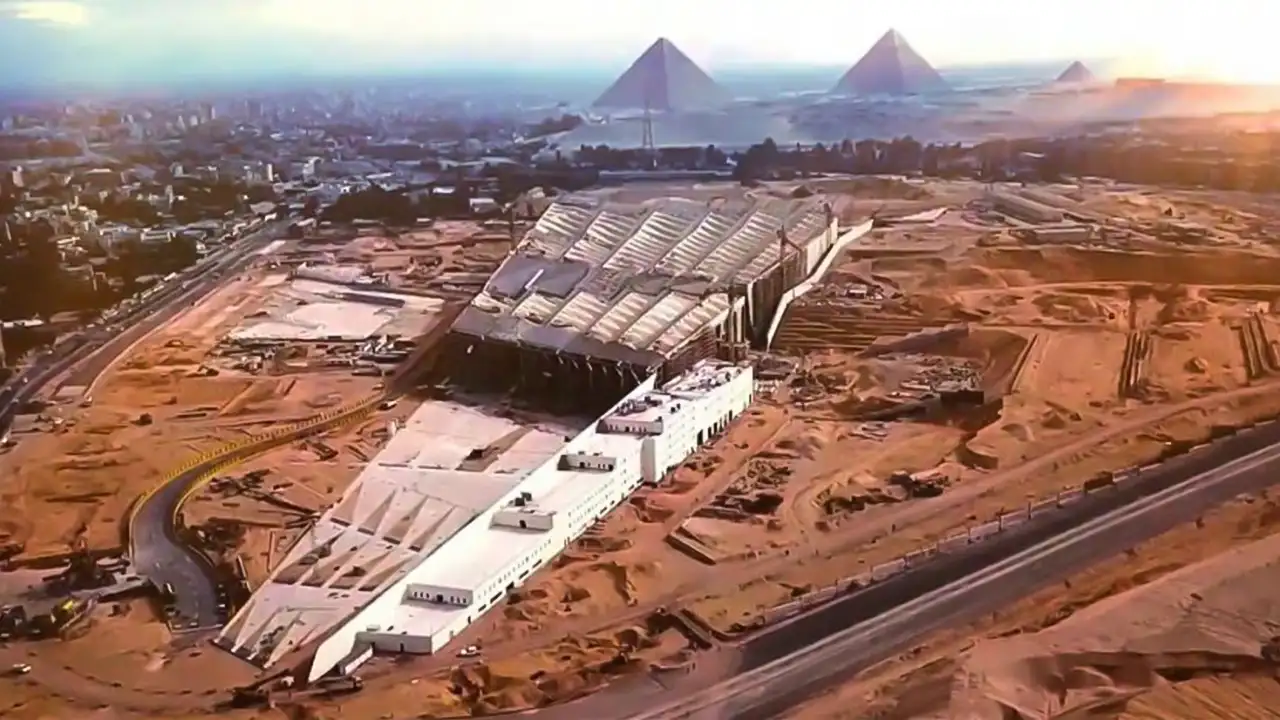
For many years, the idea of establishing the museum was proposed to preserve ancient artefacts and document, protect, and restore cultural and historical heritage.
However, the actual establishment of the Great Egyptian Museum began in the 1990s.
In 2002, the foundation stone for the museum project was laid, located 2 kilometres away from the timeless pyramids of Giza.
The current design, presented by "Heneghan Peng Architects" from Ireland, was selected, depicting a conical mass representing the rays of the sun extending from the peaks of the three pyramids when they converge as the Great Egyptian Museum.
The museum, with an area of over 300,000 square metres, was created to be a tourist destination that reflects the reality of ancient Egyptian heritage culturally and informatively.
It also contributed to the preservation of unparalleled archaeological pieces from around the world.
2: Components of the Great Egyptian Museum
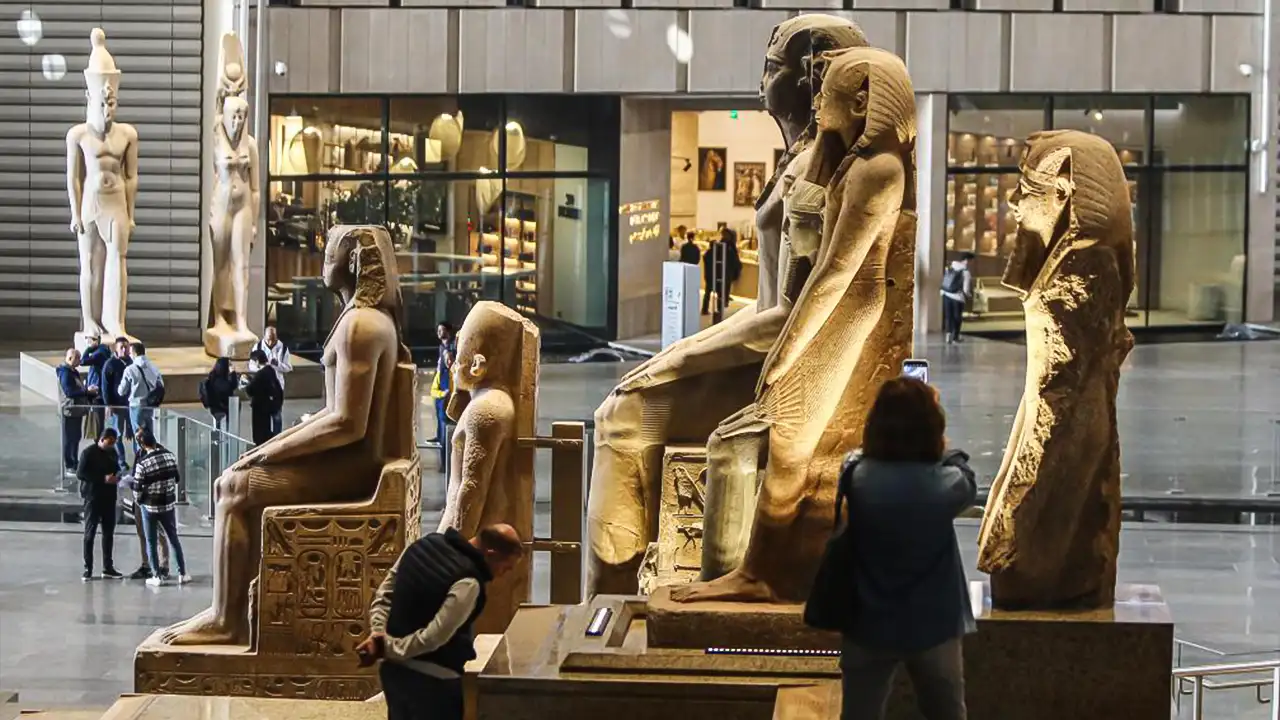
This magnificent building consists of:
Main Entrance: with an area of 7,000 square metres housing the statue of "King Ramses" and five large archaeological pieces.
Grand Staircase: covering 6,000 square metres and containing 87 large archaeological pieces.
King Tutankhamun's Hall: covering 7,500 square metres and showcasing 5,000 treasures the king collected for the first time.
Permanent Exhibition Halls: covering 18,000 square metres and housing artefacts from ancient Egyptian civilization.
Temporary Exhibition Halls: covering 5,000 square metres with 4 halls for changing exhibitions.
Children's Museum: covering 5,000 square metres with multimedia and models explaining ancient archaeological content.
Crafts and Arts Workshops: covering 880 square metres with 5 workshops for handicrafts.
Special Abilities Exhibition Halls: covering 650 square metres.
Artefact Stores: covering 4,000 square metres with approximately 50,000 prepared artefacts for study and research.
Main Library: covering 1,100 square metres.
Rare Books Library: covering 250 square metres.
Audiovisual Library: covering 325 square metres.
Other external contents include:
Solar Boat Museum.
Pyramids Restaurant.
Temple Garden Restaurant.
Multipurpose Building.
Entertainment Park is located in front of the conference centre in the northern area of the museum.
Exhibits Garden is located south of Masalla Square.
Temple Garden.
Egyptian Land Garden.
Children's Garden.
The Sand Dune Area is located southwest of the museum.
Pyramid Amphitheatre.
Visitor Parking.
3: Establishment Objectives
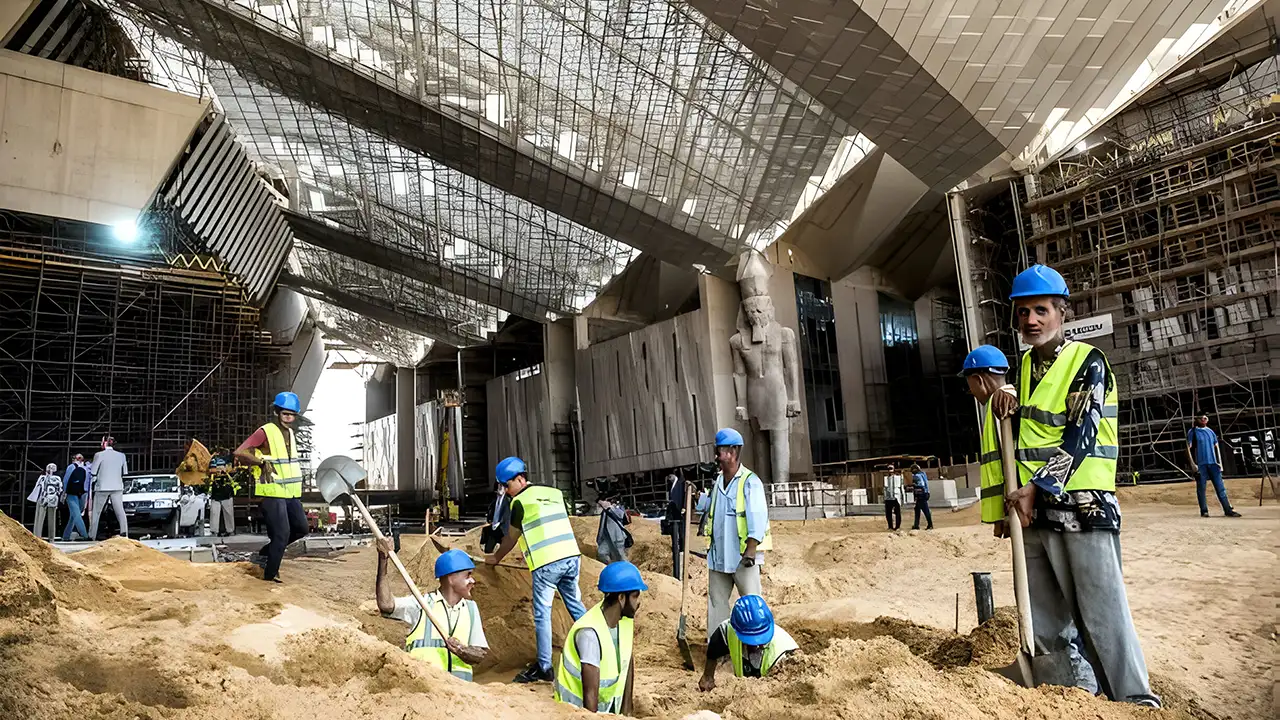
The Great Egyptian Museum was constructed to become the world's largest museum for ancient Egyptian artefacts, for several reasons, including:
1-Educating future generations about the importance of Egyptian civilization and how to preserve their heritage.
2-Digitally documenting historical collections and registering archaeological pieces, including their preservation, security, study, maintenance, and restoration.
3-Utilising state-of-the-art technologies to create a wonderful museum that attracts tourists and promotes tourism.
4-Hosting Egyptian and international conferences and seminars as historical events documented within the museum.
5-Reviving traditional Egyptian crafts and arts by manufacturing replica artefacts and facilitating their marketing and sale within and outside the museum.
4: Tour Inside the Great Museum
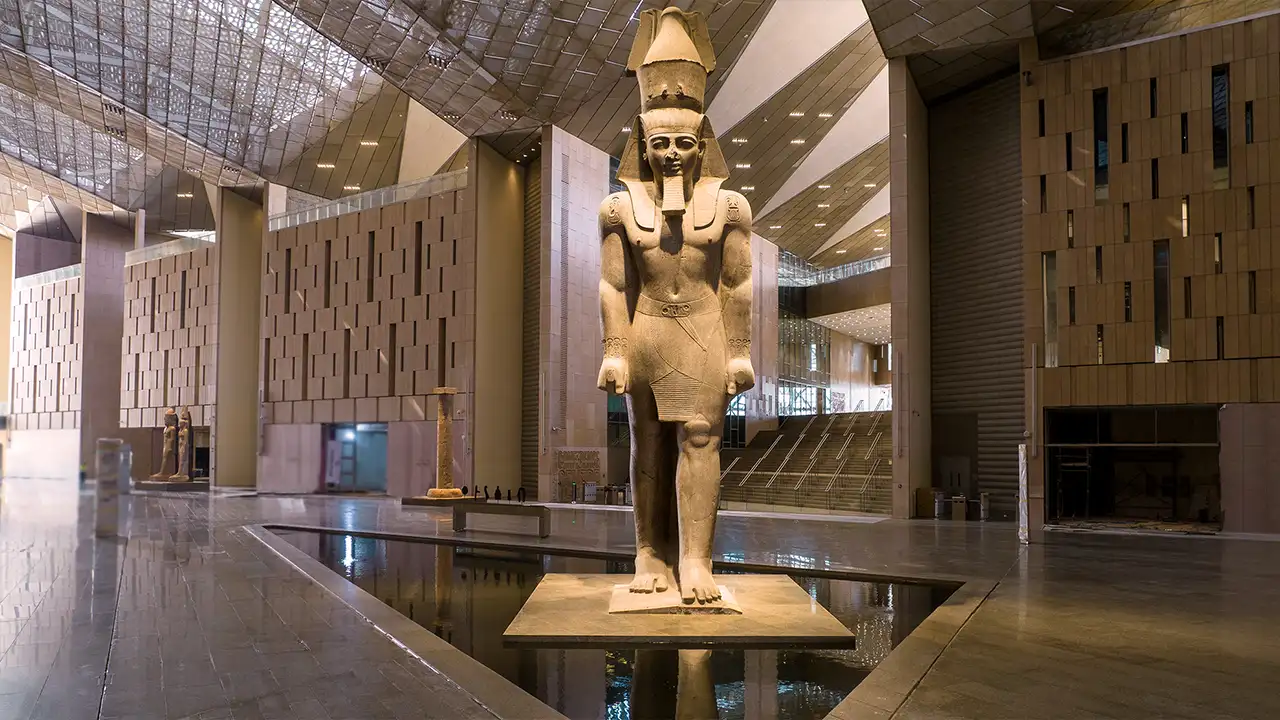
It's the most enjoyable and unique experience in the history of tourist destinations, whether in Egypt or worldwide, providing you with knowledge of the history and civilization of each of the archaeological pieces inside the museum amid wonderful cultural atmospheres.
The museum houses the treasures of King Tutankhamun, totaling 5000 pieces out of the museum's total collections, in addition to the statue of King Ramses II.
It also includes Queen Hetepheres' collection, King Khufu's boats, and archaeological treasures from the pre-dynastic era, as well as the Greek and Roman eras.
The museum hosts numerous celebrities and culture and history enthusiasts, attracting crowds from all over the world to witness one of the deepest civilisations in the world: the ancient Egyptian civilization.


